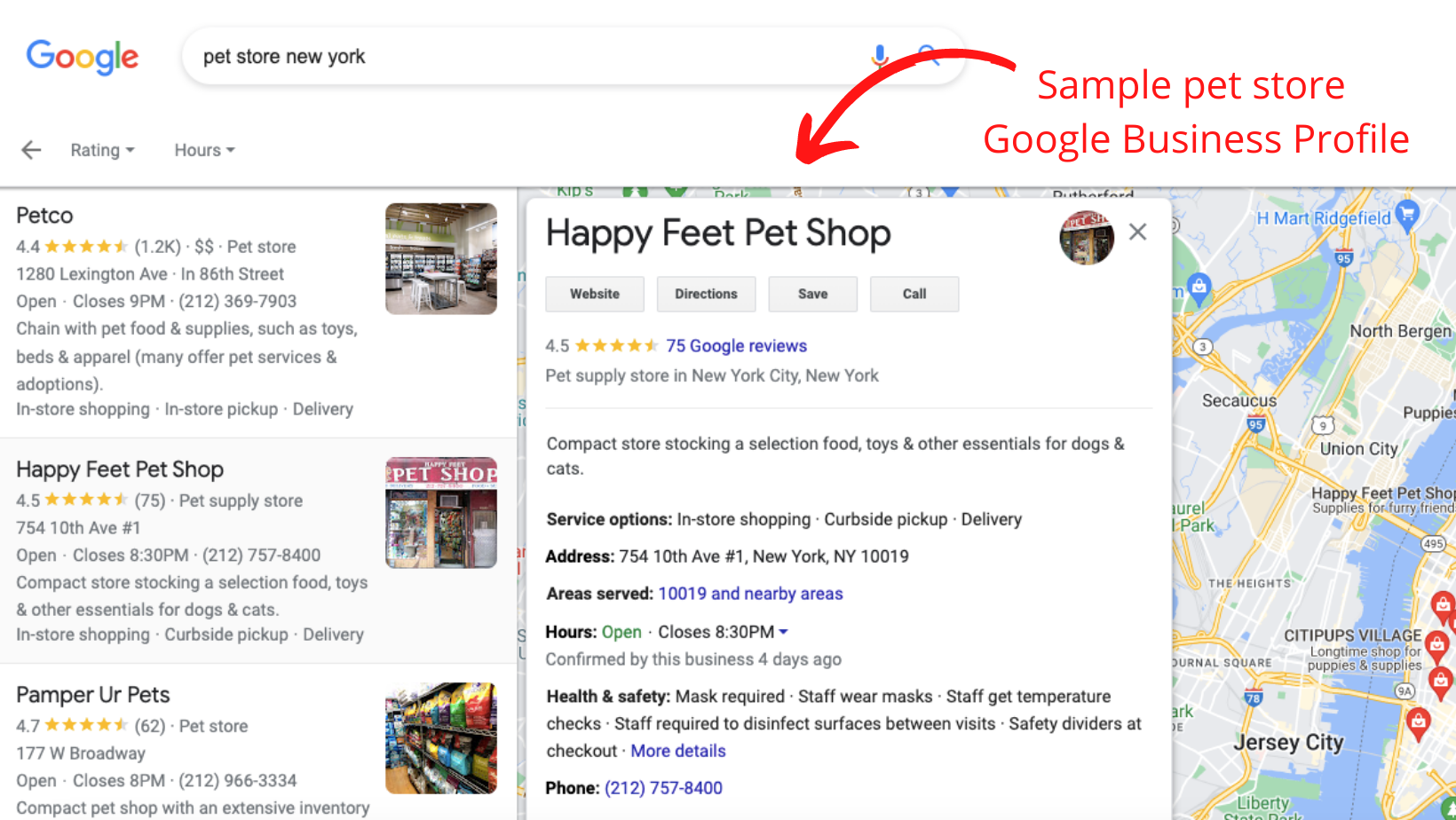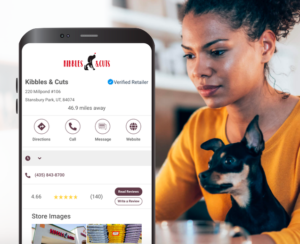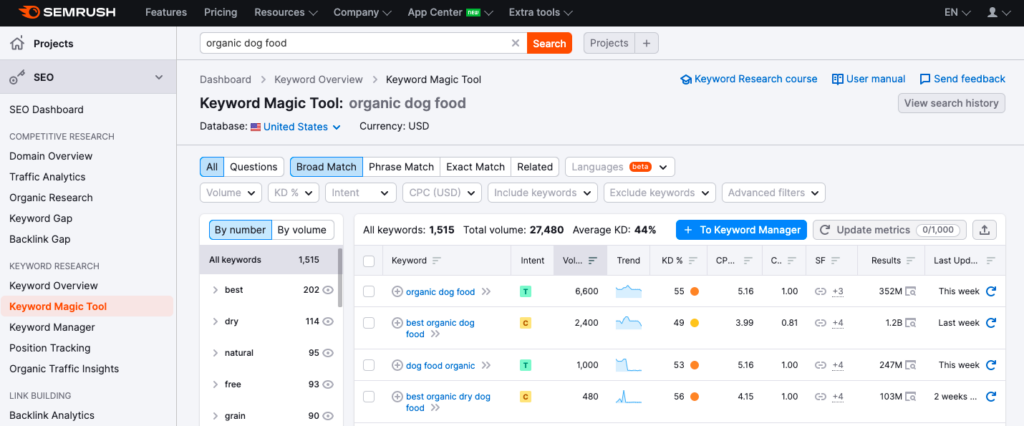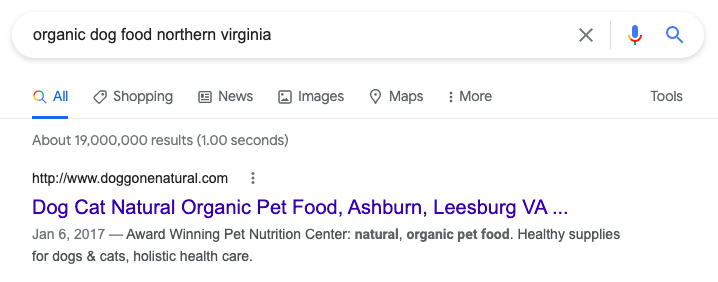SEO for Pet Stores: Easy Tips for Beginners
For any pet retailer with a web presence, search engine optimization (SEO) is an important strategy to incorporate into your marketing efforts. It can help your store rank higher in search engines when potential customers are trying to find a nearby pet store, when they’re switching food brands, or when they’re researching new pet products.

“SEO is one of the most valuable long-term investments a small business can make.
Showing up at the top of search results consistently for the products and services you offer when a consumer has the intent to buy or learn more about that product or service is the No. 1 way to grow new customers while also ensuring existing customers come back to your store during their time of need.”
— Brandon Swenson, co-founder of NextPaw
You may understand that SEO is important, but it can be tricky to know where to begin—especially when you’re a retailer and not a marketing expert.
Below are a few tips that will help beginners get started with managing SEO for a pet store.
Take Control of Your Local Listings
The first step to making sure your business can be found online is to actively manage your business profile and how it appears in search results.
1. Create or claim your Google Business Profile
A free Business Profile from Google is the first step to make sure your business can be found online. If your business already has a listing but isn’t being actively managed, you can claim your business through a standard Google account.
Google Maps is essentially a search engine for locations, and managing your Google Business Profile allows you to control how your listing appears in search results — you can include critical information like your hours and a link to your website, add photos, showcase featured products and pricing, respond to customer reviews and more.
Claim your listing with these easy steps.
If your Google Business Profile is already set up and displaying accurately in Google Maps results, that’s great! Be sure to check your listing regularly so your contact information, store hours, holiday hours and storefront pictures are up to date.

2. Set up an account with NextPaw

By claiming a free business listing on NextPaw, you can easily engage with local shoppers using store locators to find their favorite brands and products. You can boost your SEO results by connecting with the different brands you sell in-store, giving you a live listing on their site that links back to your store.
Swenson says, “Once you sign up, you can also connect your Google Business Profile to take advantage of NextPaw tools that allow you to market promotions or events and grow online reviews, all of which send positive signals to Google in order to boost your local SEO results.”
Identify Your Target Keywords and Keyphrases
Keyword research is the process of finding and analyzing search terms that people enter into search engines with the goal of using that data for SEO or marketing.
Keyword research can uncover words or phrases to target, the popularity of those words or phrases, how difficult it is to rank with them and more. Once you’re able to identify the best-fitting keywords for the content you publish, the better you’ll rank in search engine results — and the more traffic you’ll attract to your website.
Consider your desired audience. When thinking about SEO for your pet store’s website, you should create content not around what you want to tell people, but what people want to discover. Think about what kinds of search terms people might use for stores like yours or products and services that you offer.
The good news is — you don’t have to navigate keyword research alone. The following are free keyword research tools you can use to identify the keywords and keyphrases where you’d like to rank in searches to improve your pet store’s SEO.
Free Keyword Research Tools

Create Content to Support Your Keywords
When building SEO for your pet store, craft your website’s content around your desired audience and the search queries you’re targeting — one word or phrase at a time.
For example, if local customers are looking for organic dog food or another specialized item you have in stock, create a page that focuses on those keywords — that way new customers will discover your store in web searches.

If your website is built on a content management system like WordPress, a plugin tool like Yoast SEO for WordPress makes it easy to ensure your individual pages are optimized for SEO. This tool provides custom tips for optimizing each page of your website and checks your webpage’s content against your target keyphrase.
Page Optimization Tips
- Include an SEO title — This is the first thing readers will see in search results. SEO plugins can create a unique SEO title that varies from your on-page title. For best results, use your target keyphrase in the SEO title and aim for 50-70 characters.
- Add a meta description — The meta description is the brief snippet that appears below the headline in search results. When optimizing your meta description, keep it under 155 characters, include your keyphrase, make sure it matches the content on your page and include a call to action.
- Incorporate your keywords — Include your keyphrase four to six times throughout your webpage’s content.
- Don’t forget images! — Aside from making your page more visually appealing, images are a great way to include your target keyphrase on the page again (hidden within the file name or in the meta data for the image). Keep your file size small so your page loads quickly, which is beneficial to both SEO and user experience. Find additional tips on using images to improve your SEO.
While building SEO for your pet store may take some time to yield results — six to 12 months is the general estimate — it’s a vital part of driving web traffic and growing your customer base for the long-term success of your retail website.
Find additional web optimization insights and e-commerce tips by signing up for the WPA365 monthly newsletter — and with access to featured partners like NextPaw, WPA365 members can elevate their standing in the pet industry!